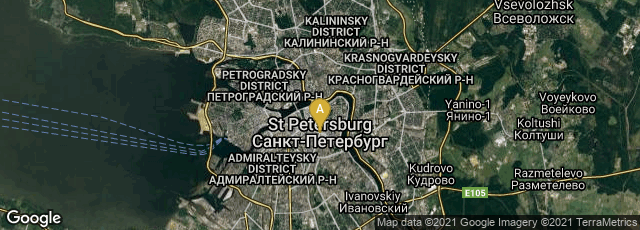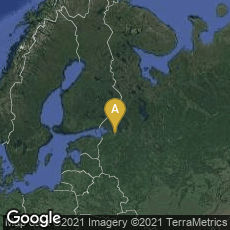The 240-page
Tipografskiy kalendar' na 1922 edited by Russian historian Ivan Dmitrievich Galaktionov (1869-1942) was most probably the first Russian typographic calendar printed after the
October Revolution. A kind of almanac for printers and publishers, the book opened with calendars for 1922, specifying "new" holidays and book events as well as church holidays, even though by 1922
Agitprop , a shortened name for the Department for Agitation and Propaganda (
отдел агитации и пропаганды,
otdel agitatsii i propagandy), and its national branches had launched a massive anti-religious propaganda campaign.
The
Tipografsiy kalendar is divided into two sections: 1. Printing History and Techniques, and 2. Directory of offices for the Printing and Publishing Industry. The first section includes technical details useful to printers as well as essays on the history of printing in Europe as well as the printing history of Russia. There is also a chronological listing of major events in world book printing, a typographical dictionary, and a bibliography of Russian literature on graphic arts, including books and periodicals.
The second section of the book features information on Russian printing enterprises: Gosizdat (with the list of provincial branches), General Directorate of the Paper Industry (including Petrograd department and other enterprises and affiliates), Petrograd Phototechnical Institute, Petrograd Directorate of United Printing Enterprises, etc. The information presented in this section includes the address of each enterprise, its telephone number, its staff (mostly first and last names and telephone number), enterprise structure, etc. In some cases there is also data about the number of workers in the first half of 1921. Because all of the enterprises reviewed in this section were eventually closed this section is of particular interest.
The calendar includes 10 pages of black-and-white illustrations showing a portrait of Gutenberg, bust of Ivan Fedorov, a portrait of Francysk Skaryna, monument to Fedorov in Moscow, etc, as well as Senefelder as the inventor of lithography and Friedrick Koenig as the inventor of the first steam-powered printing machine. The pocket-sized almanac was printed on low quality paper and poorly bound, but remarkably my copy is in nearly fine condition except that the book block is coming loose from the binding.

